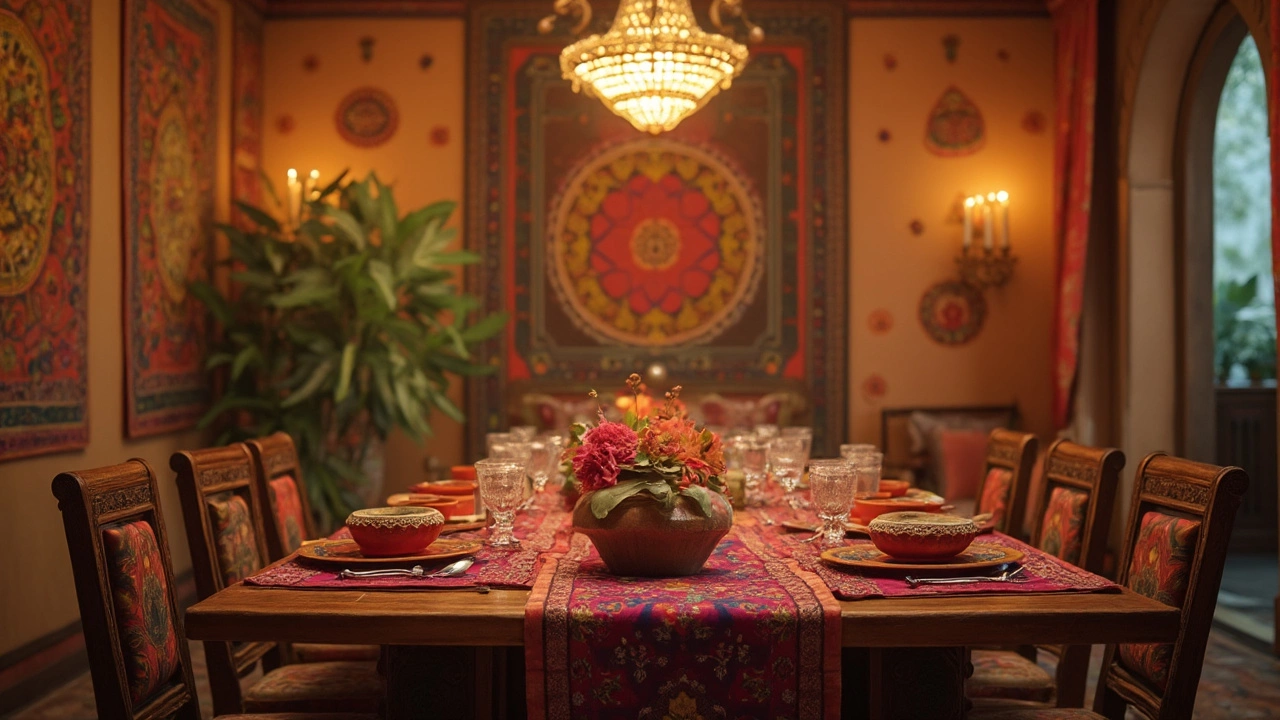Dining Table Ideas and Practical Tips for Every Home
Choosing a dining table is more than picking a piece of wood. It’s about fitting the table into your life, your space, and your budget. Want a table that works for family meals, weekend brunches, and occasional guests? Below are easy steps to help you decide.
Pick the Right Size and Shape
First, measure the room. Leave at least 3 feet of walking space around the table so chairs can move without bumping into walls. A round table is great for small rooms because it eliminates corners and lets people sit closer together. If you have a longer room, a rectangular table fits naturally and can seat more guests. For flexible spaces, consider an extendable table that expands when you have a crowd.
Choose a Material That Matches Your Lifestyle
Wood is classic and durable, but think about maintenance. Solid oak or walnut lasts decades but needs occasional polishing. If you have kids, a surface that resists scratches and spills might be better – look for hardwood with a protective finish or even a laminate top. Metal frames add an industrial vibe and are easy to clean, while glass tops make a small room feel larger. Match the finish to your other furniture for a cohesive look.
Don’t forget height. Standard dining tables sit about 30 inches tall, which works for most chairs. Bar‑height tables (around 42 inches) create a casual, lounge‑like feel and pair well with stools. Choose what feels comfortable for you and your family.
Next, think about style. A sleek, minimalist table works in modern homes, while a rustic farmhouse table adds texture and warmth. If you love a touch of elegance, a marble top can be a statement piece, but be ready for extra care. Look at the overall vibe you want and pick a design that complements your walls, flooring, and lighting.
Accessories can change a table’s look without a big investment. A runner, a few candles, or a centerpiece of fresh flowers adds personality. For everyday use, keep décor simple so you can clear the table quickly. When guests arrive, swap in a more elaborate arrangement to make the space feel special.
Finally, plan for storage. If you’re short on space, think about a table with built‑in shelves or drawers for placemats and utensils. Some designs include a lower shelf that can hold a buffet or sideboard, giving you extra room for serving dishes.
By measuring carefully, choosing a material that fits your routine, and adding a few thoughtful details, you’ll find a dining table that feels right for years to come. Ready to start shopping? Use these tips as a checklist, and you’ll walk into the store with confidence.

